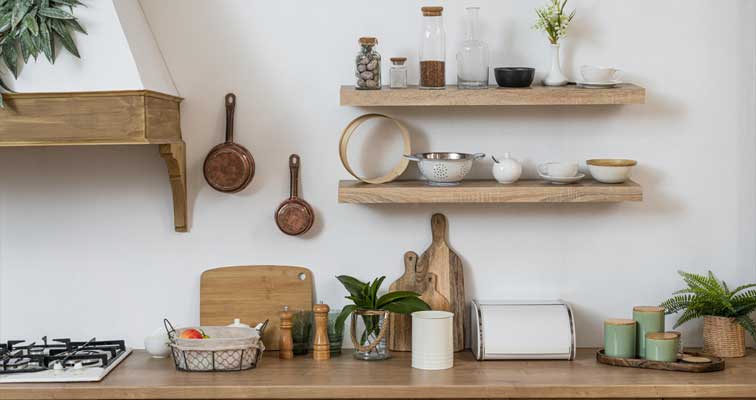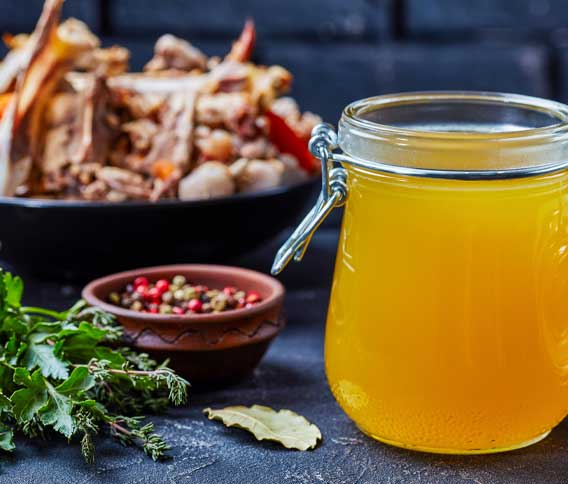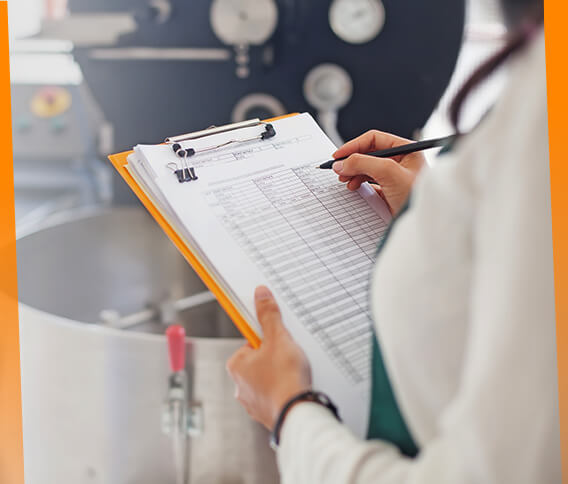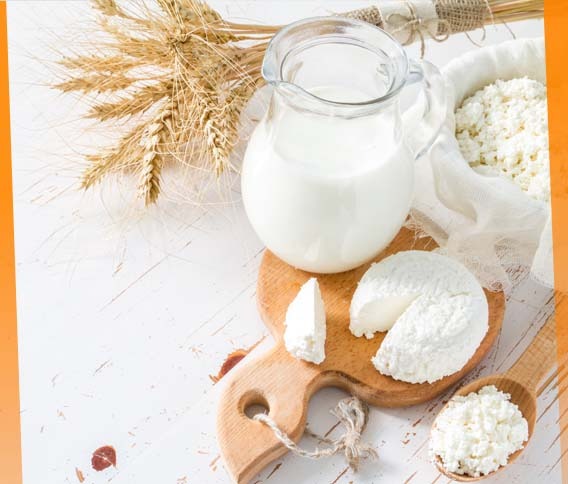
When you are working in the kitchen, you are bound to learn a thing or two that makes your time in the kitchen easier and effortless. We want you to further up your game in the kitchen by learning these clever lessons that can make your life in the kitchen significantly easier.
When you are boiling water or any other liquid, it’s always best to cover the lid to trap the heat inside and cut down the usual time water takes to come to boil. You can try this hack when you are boiling pasta, steaming vegetables, or heating up soap. Put the lid on the pot and watch the food get boiled or steamed in no time.
Use the dull end of the knife while choppingWhen you are chopping fruits, vegetables or any other food, you can use the dull end of the knife to scrape the choppings into a bowl or a cooking pot. This will save your time and the hassle of grabbing a spoon to transfer the choppings into the bowl.
Maintain the heat under a stainless steel cookware to prevent food from stickingPlace the stainless steel bowl on medium to high heat for about 3 minutes until it’s ready. To check if it’s ready, sprinkle some water and watch it for the beads rolling around the pan. If the water begins to sizzle, you’ll have to wait for 20 to 30 seconds before pouring in the food to cook. Then add oil in the bowl just enough to coat the entire cookware and allow the oil to heat up a bit for a minute. Now you can add food in it and the stainless steel will not make the food stick.
Never ignore the exact measurement of the ingredientThis may seem like an important hack as most of us who have been cooking in the kitchen for a long time have a decent idea of how much of ingredients typically go into a particular recipe. But the truth is, the exact amount of ingredients listed in the recipe is essential for ensuring the best taste of the food you are making. For that, you’ll have to use a measuring tool or spoons to calculate the amount of ingredients for your recipe. For example, liquid ingredients are correctly measured in what is known as the liquid measuring cup. However, dry ingredients are measured in spoons or measuring cups that are made for them.





